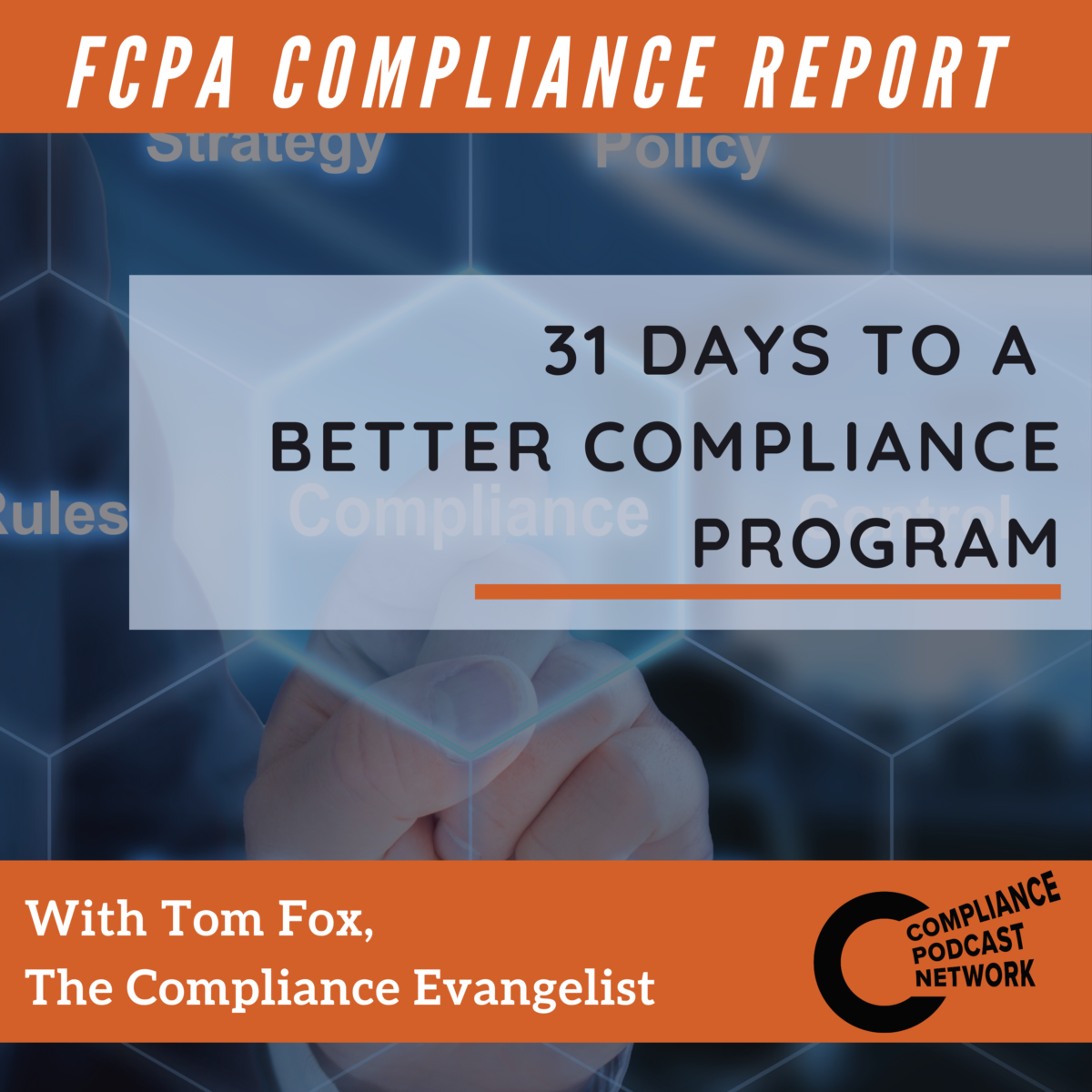Compliance professionals understand the importance of fully operationalizing compliance and embedding it into the fabric of a business. How can your Human Resources (HR) function help to both create and maintain an ethical culture at your organization? It turns out in a variety of ways. Obviously significance of incentives in driving ethical behavior cannot be forsaken but there are other areas to consider such as the impact of cross-cultural differences on ethical behavior. HR can play a role in the importance of creating a speak-up culture where employees feel comfortable reporting ethical concerns without fear of retaliation.
In a world where ethics are paramount, HR professionals hold the key to creating an ethical culture within organizations. But what happens when change is pushed too quickly, compensation drives behavior, and cross-cultural differences come into play? Discover the challenges and secrets to success in this thrilling journey of HR’s quest for an ethical culture…
In the pursuit of understanding the vital role of HR in establishing an ethical culture, I stumbled upon an unexpected revelation that shook the very foundation of my beliefs. It was a twist that challenged my assumptions and left me with a burning question: Can change truly be achieved without sacrificing ethical values? As I ventured deeper into this journey, I uncovered unsettling truths about the underlying ethos of corporations and the detrimental impact of short-term targets. But what I discovered next was even more astonishing, a revelation that would forever alter my perspective on the role of HR in creating an ethical culture…
If you are feeling frustrated and overwhelmed because your efforts to create an ethical culture are being undermined by inconsistent enforcement and lack of accountability, then you are not alone! Despite implementing compliance programs and promoting ethical values, you may find that employees still engage in unethical behavior due to a lack of consequences or clear guidelines. This can lead to a sense of disillusionment and hinder the progress towards an ethical work environment.
HR significantly contributes to embedding ethical behavior within the organizational culture. By creating a conducive environment that promotes honesty and integrity, HR can foster a culture that this significantly resistant to unethical practices. It’s primarily up to HR to ensure that employees feel comfortable voicing concerns without fear of retaliation, helping to enhance the ethical culture within organizations.
The path to cultivating an ethical culture is often met with significant roadblocks such as too much rapid change, reward-driven behaviors, and cross-cultural conflicts. These elements can create an environment where unethical behavior thrives, impacting organizational growth and success. For a moral culture to strive, these challenges should be identified and effectively addressed, paving the way for a workplace that values ethical conduct.
Understanding the underlying organizational dynamics is crucial in establishing and maintaining an ethical culture. It’s not enough just to have a written code of conduct; the actual behaviors within the organization need to be assessed and aligned with these ethical guidelines. HR plays a crucial role in comprehending these dynamics, ensuring that metrics used to reward employees promote ethical conduct rather than encouraging unethical short-term success.
Have you ever heard these myths about the role of HR in creating an ethical culture? First myth: HR is solely responsible for ethical behavior. Second myth: Creating an ethical culture is too time-consuming and costly. Third myth: HR can’t effectively enforce ethical standards. But what if I told you that these myths are far from the truth? Some key points are:
- How HR can be the key instigator in shaping an ethically driven business culture.
- Recognizing the potential roadblocks that could obstruct the path to ethical behavior in organizations and how to overcome them.
- Appreciate the crucial interplay between organizational dynamics and ethics.
- Perceive the nuanced impact of incentives on ethics and how it can steer the moral compass in corporate environments.
- Master the art of endorsing.
My journey into understanding the vital role of human resources in establishing an ethical culture within an organization started with a deep dive into the role of HR and how those roles could that shed light on a fundamental dilemma for compliance. This dilemma was not about right and wrong, but about navigating clashing interests, misaligned incentives, and conflicting cultures. I learned that pushing too much change from the top, too quickly and too frequently can warp a company’s ethical climate. This realization led me to critically analyze the compensation plans in various organizations. The stark reality that people do what they are rewarded to do underlyes ethos of many corporations. This means that short-term targets often overshadowed long-term success, leading to a detrimental impact on the ethical culture. As I delved deeper into the concept of ethical culture, I realized that the essence of this term is far more profound and complex than it seems on the surface. This is not just about formal corporate governance documents or written codes of conduct. It is about understanding and adopting your organization’s underlying culture. It is also about self-awareness, organizational awareness, and the courage to speak up. One problem is that too many leaders tended to seek advice from their like-minded peers rather than embracing diverse opinions. This convinced me about the importance of fostering a speak up culture, and most crucially, a culture devoid of retaliation. This exploration underscored the pivotal role of HR in championing ethical norms, thereby establishing a robust and effective compliance program.





